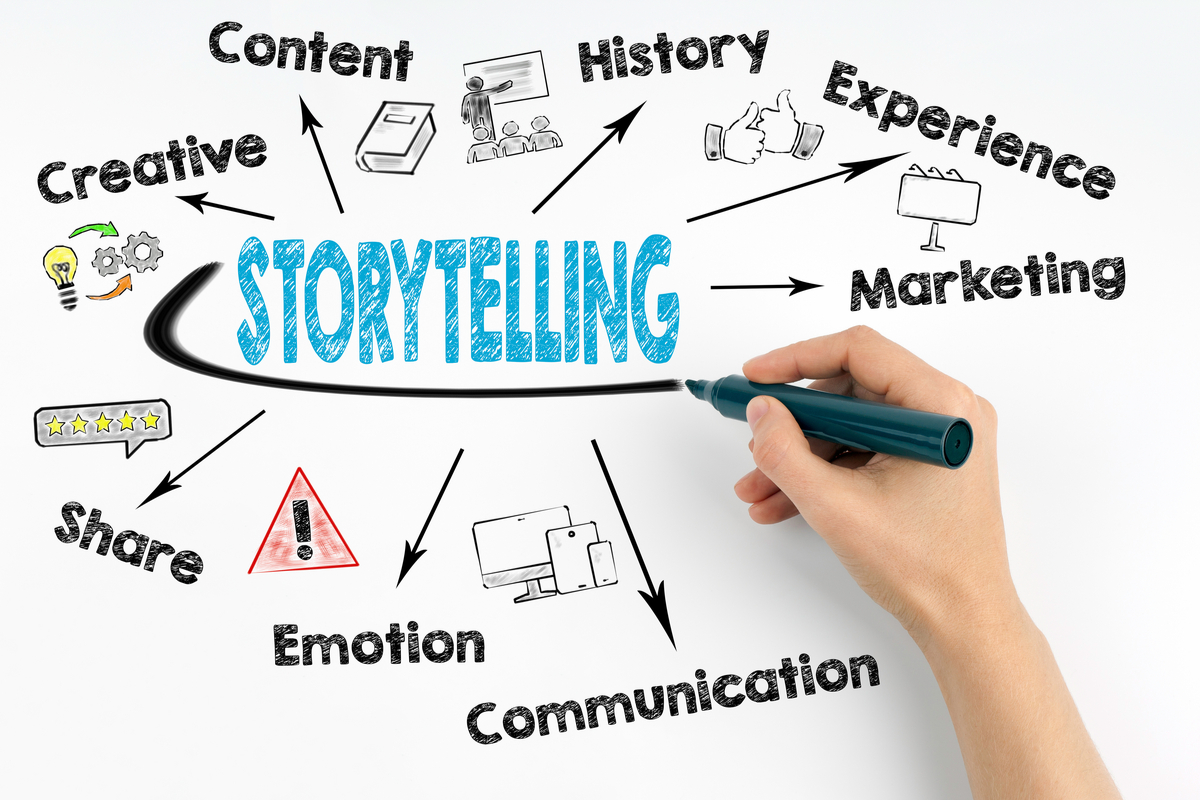
FAQ About Storytelling
Storytelling
2 years ago | gizem
How do you handle foreshadowing in a story?
Foreshadowing is a storytelling technique where hints or clues are provided to readers or viewers about future events, developments, or outcomes in the plot. It adds depth, anticipation, and layers of meaning to the narrative. Here's how to effectively handle foreshadowing in your story:
- Plan Ahead: Foreshadowing works best when it's planned from the beginning. Consider the major plot points and twists you want to include and strategically place foreshadowing elements earlier in the story.
- Use Subtle Clues: Foreshadowing should be subtle enough that it doesn't give away the entire plot but noticeable enough that readers or viewers can make connections later.
- Focus on Key Moments: Foreshadowing is most effective when it relates to significant events or turning points in the story.
- Create Symbolic Links: Use symbols, motifs, or recurring themes that connect to later events. These symbols can be meaningful without directly revealing the outcome.
- Use Character Reactions: Show characters reacting to foreshadowing elements in ways that reflect their own beliefs, fears, or desires. This adds depth to both characters and foreshadowing.
- Dialogue and Conversations: Characters can discuss events or concepts that will become important later. These discussions can raise questions or curiosity.
- Visual and Sensory Cues: Describe settings, objects, or sensory details in a way that hints at future events. Readers might not consciously pick up on these clues, but they'll create a sense of foreboding.
- Irony: Present situations where the outcome is the opposite of what characters or readers expect. This can create a sense of dramatic irony and intrigue.
- Echoing Language: Use similar phrasing or wording in different contexts to draw connections between events.
- Dreams and Visions: Incorporate dreams, visions, or premonitions that foreshadow events to come.
- Recurring Images: Repeat images or motifs that represent upcoming events, building a sense of continuity and anticipation.
- Flashbacks: Use brief flashbacks to show glimpses of past events that hold significance for the future.
- Misdirection: Use foreshadowing to lead readers or viewers in one direction, only to reveal a different outcome later.
- Vary Intensity: Foreshadowing can vary in intensity. Some hints may be subtle, while others can be more overt, depending on the impact you want to create.
- Be Consistent: Ensure that the foreshadowing you include is consistent with the story's eventual developments. Avoid introducing elements that don't ultimately connect.
- Payoff: When the foreshadowed event comes to fruition, make sure it's satisfying and impactful for readers or viewers who recognized the hints.
- Readers' Experience: Keep in mind that not all readers or viewers will catch every foreshadowing element. The goal is to enhance the story for those who do notice, while still providing an engaging experience for those who don't.
- Edit and Refine: During the editing process, review your foreshadowing carefully. Make sure it's well-integrated, balanced, and enhances the overall storytelling.
